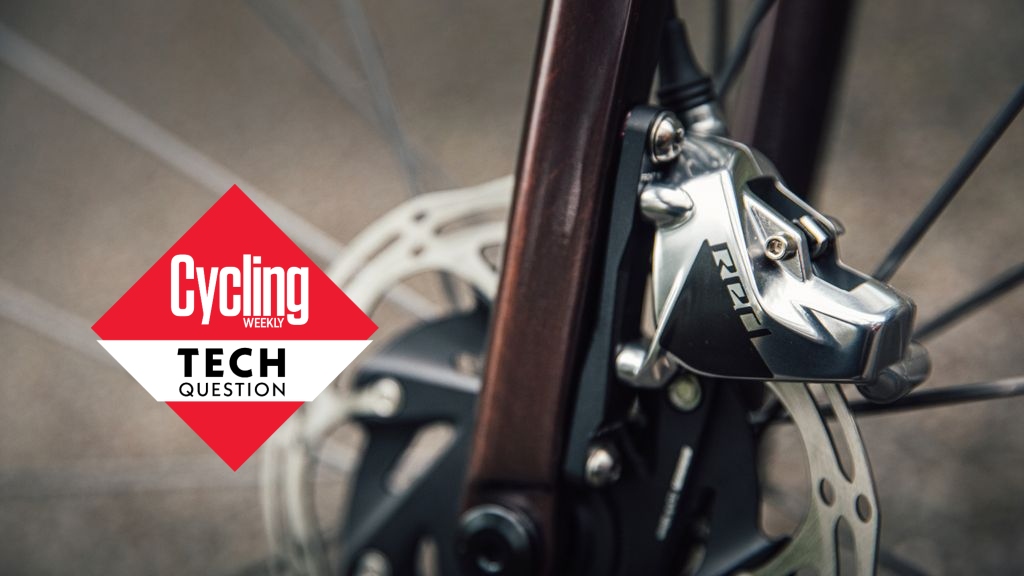
It might sound paradoxical - or you might have heard it so many times that it no longer registers - but the rule holds true nonetheless: the faster you can stop, the faster you can go.
Of course, unnecessary or ‘comfort’ braking will only slow you down. But being able to brake later into the corners because your stopping distance is both short and predictable will allow you to carry more momentum for longer - in turn, helping to increase your average speed.
But even if shaving seconds in the switchbacks isn’t something you particularly care about, the silence and satisfaction of a perfectly functioning bike is something to take pride in and a joy in itself. Plus if there’s any area to take special care in, then surely it’s your stoppers!
We spoke to Dave Farmer, bike mechanic and owner of the Surrey Hills Cycleworks bike shop for his tips and tricks for getting the best out of hydraulic disc brakes. Don’t worry, we’ll be following up with tips for mechanical and rim brake systems in time!
1. Contending with contamination
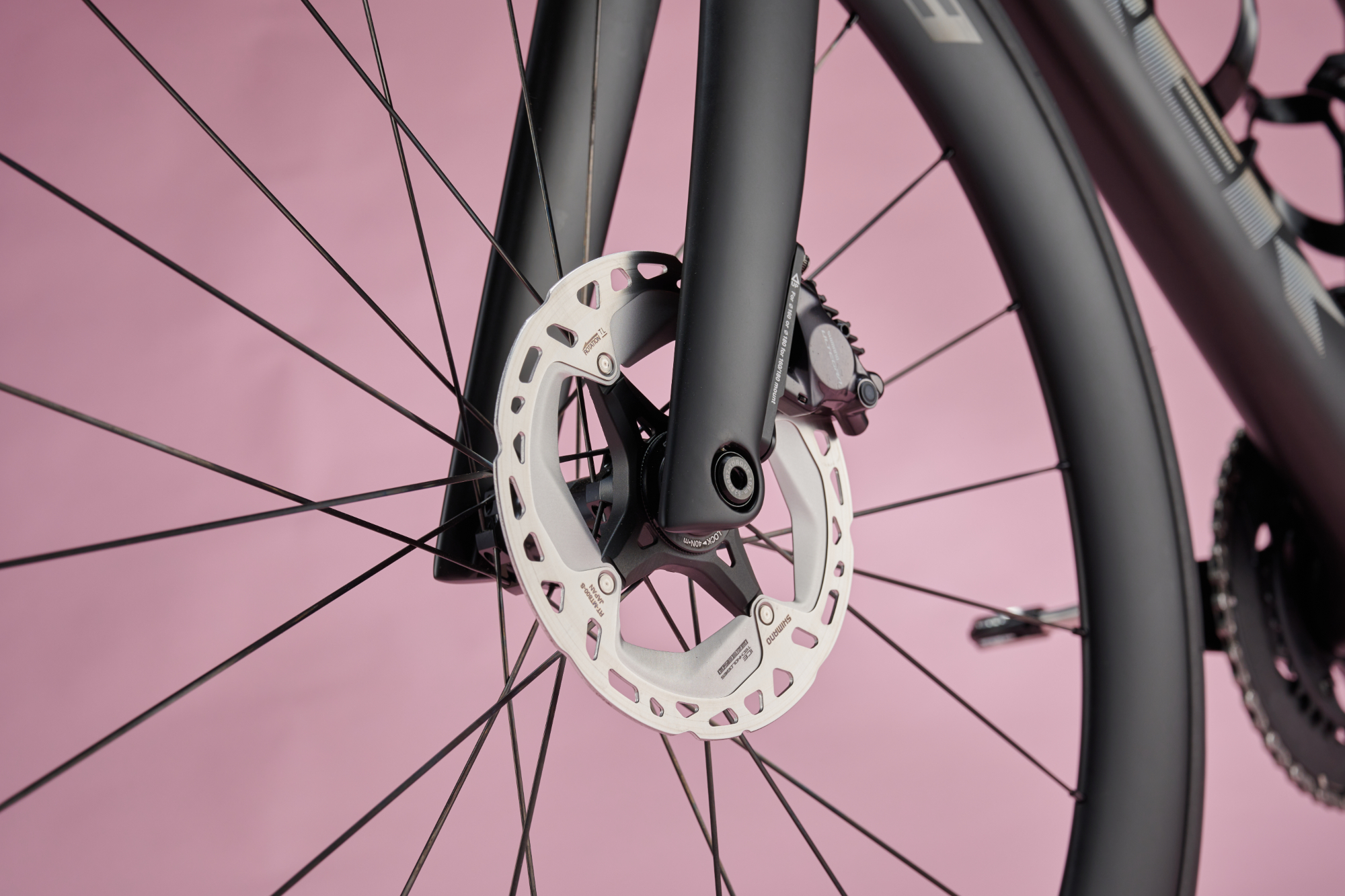
First off, if you’re feeling like you’re significantly down on power, chances are it’s not larger rotors or specialist pads you need - but simply a service of what you already have. “We don’t get many people saying they want to upgrade the power of their disc brakes,” Dave Farmer said, “people come in and say that their brakes aren’t working very well and usually the issue is contamination.”
Another key sign is that “horrible honking sound like a flock of geese flying after you,” Farmer continued, “sometimes that does happen in the wet, but it should go away after the wheels have come around two or three times. If it doesn’t go away then your brakes are contaminated.”
There are many different ways it’s possible to contaminate a set of disc brake rotors and pads, but all involve getting some sort of oil on the pads or rotors in some sort of way. That could be through touching the disc rotor with greasy fingers or a drip of mineral oil hydraulic fluid - or almost any number of reasons. But there are two which stand out in particular.
“This is happening quite a bit at the moment with the summer rain showers. There’s a lot of diesel on the roads and that is what we believe is the one of the major contaminants. People go through a 20 foot long puddle that’s got shimmering diesel over the top of it and really there’s no way back from that. You need to replace your brake pads and clean the discs with alcohol.”
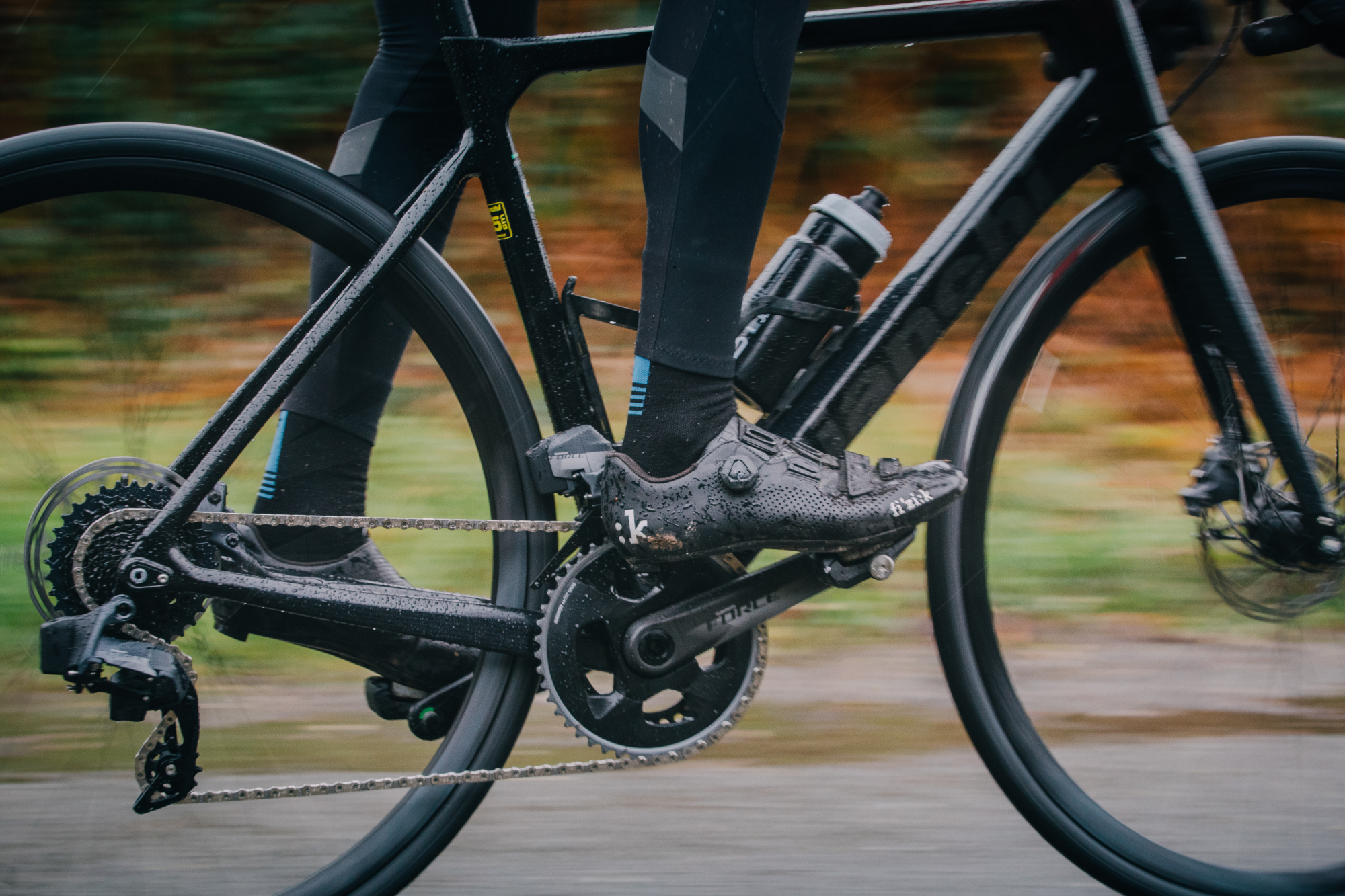
In the winter, the even greater rainfall actually helps mitigate this issue. The oil and containment on the road are washed off much more regularly, meaning the spray is less likely to cause issues for your brakes. In the summer, though, with (hopefully!) prolonged drier spells between the rains, the amount of oil build up is proportionally greater before it’s finally washed off and into the usual puddles.
Farmer’s second piece of advice is to be “very, very aware of what you’re putting on your bike. Pay attention to the products you are using and use disc brake cleaner for your brakes and a dedicated bike cleaner for the frame.” Considering the price for a single pair of Shimano brake pads - such as the J04C model with cooling fins - can be as much as $36 / £35, the cost of getting the right products is significantly less than what could potentially go wrong.
2. Sticky pistons
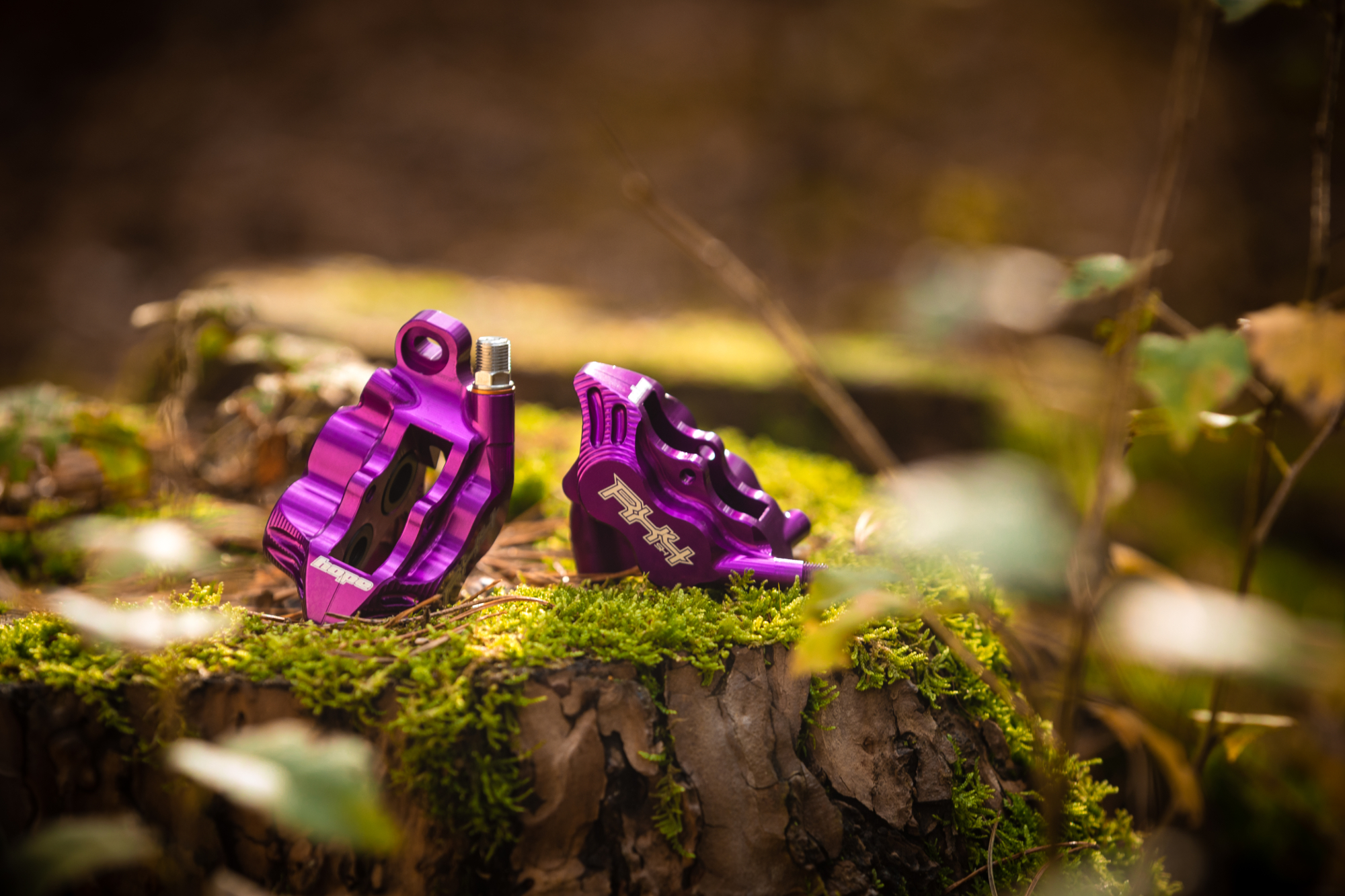
Another issue which could leave you thinking that you’re in need of an upgrade is sticky pistons in the disc brake caliper. “It makes the brake less powerful. As a rider you don’t really notice it, as your brake degrades in performance over time you get used to it,” Farmer said.
“But certainly when you have a sticky piston on the brake and you lubricate the piston and then you rebleed the brake and change the fluid, it all just starts working better. Usually when we’re doing that for a customer in the workshop, we’re probably changing the pads at the same time and giving the discs a clean down and getting everything back to new again effectively.”
Checking to see if your pistons might be sticking is quite straightforward. It’s generally easiest if you take the wheel and brake pads out first, and then pull on the brake lever a couple of times while looking at the caliper. If both the pistons move inwards at the same time by about the same amount, then great - no problems there! If one caliper doesn’t move or only advances a bit, that’s when you have a problem.
The solution then is to “use a bit of disc brake cleaner to clean up the caliper and piston. Then, depending on what brake you’ve got, lubricate the piston. For brakes that use DOT fluid (like SRAM) we use silicone oil - Hope sells a lovely little bottle.
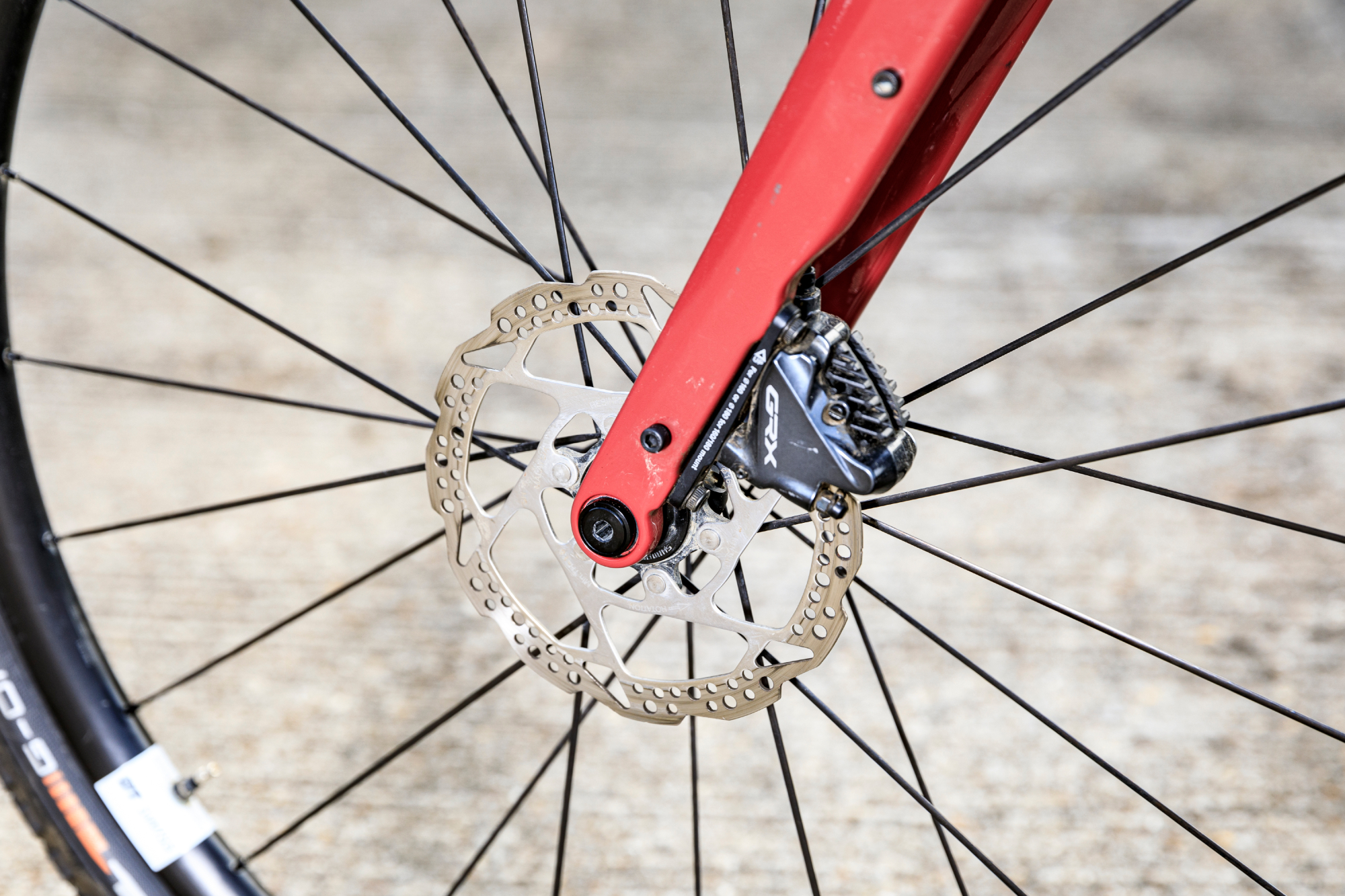
“For Shimano we don’t use anything, we just clean it really well. Shimano brakes are so susceptible to getting mineral oil on the pads anyway, we shy away from using that on the pistons and just clean them,” Farmer said.
A Q-tip or cotton bud is generally a good way of really getting in there and cleaning all the way round. Do bear in mind that if your brake pads are already quite worn and the pistons are quite far advanced, you’ll want to push them back into the caliper body before pulling any more on the brake lever - or you risk the pistons popping out and will have the fiddly task of getting them back in and rebleeding the system. Also, before you push the pistons back in, do give them a proper clean, otherwise you risk introducing dirt into the system which again will cause you more problems down the line.
If you’re mechanically minded and willing to give it a go, Farmer recommends learning how to do a full brake bleed by watching YouTube videos from the brake manufacturer, “not just some random bloke in his garage - something from an official YouTube channel or video sponsored by the manufacturer of the brakes. But ultimately, I would say if you’re not sure, pay a professional to do it properly, because it’s brakes and you don’t want to muck it up.”
“It’s not even [a new issue] with hydraulic disc brakes, we see so many bikes with rim brakes which come in and the levers pull straight to the bars. To some people, general maintenance is completely mystifying. If that’s you, just pay a professional to service your bike a couple of times a year and get it working absolutely spot on.”
3. Upgrades that matter
But although the first port of call if you’re frustrated at the stopping you’re experiencing on your bike should be a service and reflection on whether your current pads are actually just contaminated - once you are satisfied, there are upgrades which do make a difference.
“I can think back a few weeks ago to one of my customers,” said Farmer, “Joe had basic steel rotors on his gravel bike [the Tiagra equivalent of Shimano GRX] and we changed them to the Ice Tech rotors, 800 series ones, and put new pads on it. He came back and said wow the brakes are just so much more powerful now, thank you.”
“On one of my two bikes, I have SRAM Rival’s newest brake calipers and on my new Tarmac I’m just riding this week I’ve got the latest SRAM Red on it and there is a difference in braking power between those brakes. It’s the same pads in each caliper and the exact same rotors - actually the same wheels, I just swapped them out. The setup is identical other than the calipers and the levers.”
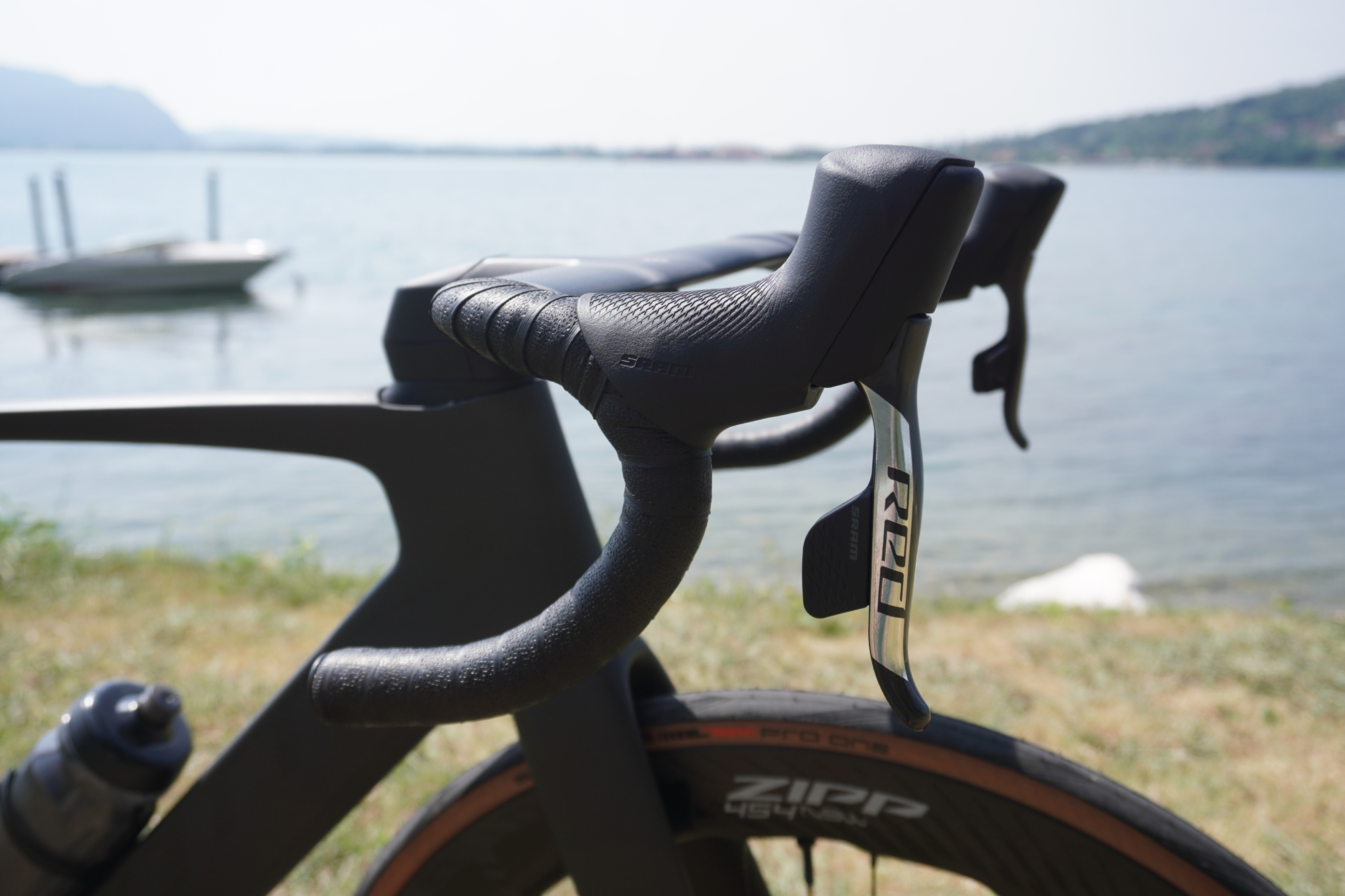
“It must be the caliper stiffness. Perhaps the quality of the polishing of the pistons, also the pivots of the lever blade. There’s a lot of unseen things in there that make a big difference.”
One upgrade where there are large differences which are clear to see is Shimano’s newest generation of disc brake calipers - first introduced with the launches of Ultegra and Dura-Ace R8100 and R9200, respectively.
“The biggest improvement is the ease with which you bleed them. The fluid flows through the caliper much easier. That doesn’t make much of a difference to the average Joe riding their bike around, but it is the biggest improvement,” Farmer said.
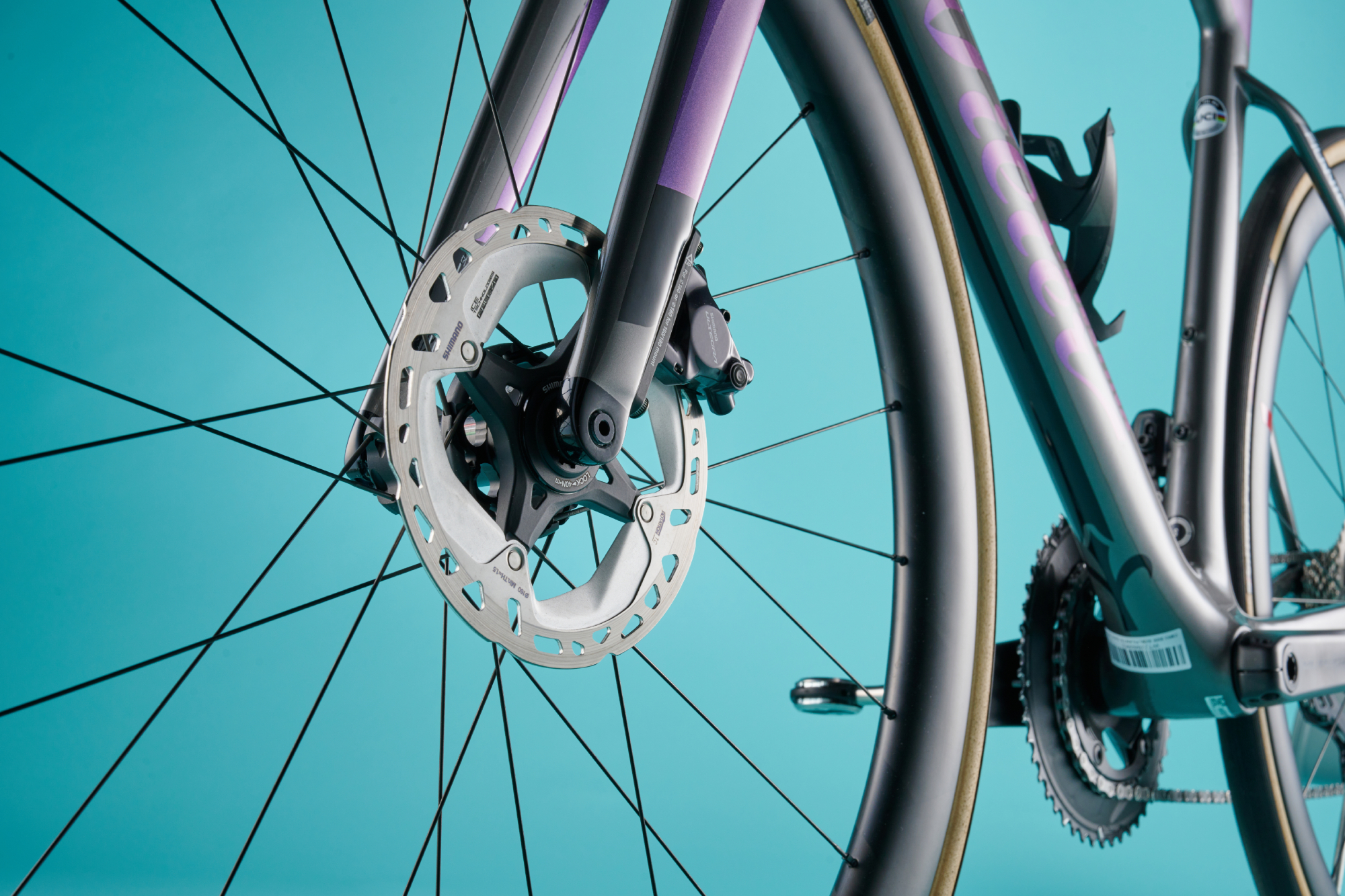
“In terms of the biggest real-world difference when you’re riding your bike, it’s that the pads retract further, giving more space to the rotors. That makes it easier to set your brakes up and means that they’re less likely to rub when you get out of the saddle.”
The good news is that the new calipers are backwards compatible with the older generation levers, so if you’re experiencing a lot of problems with the calipers you currently have after multiple seasons riding through all conditions, there is scope to upgrade this area without splashing out on a whole new groupset. As ever, if you’re wondering whether your own components are cross-compatible, Shimano’s compatibility charts are a really useful resource.







